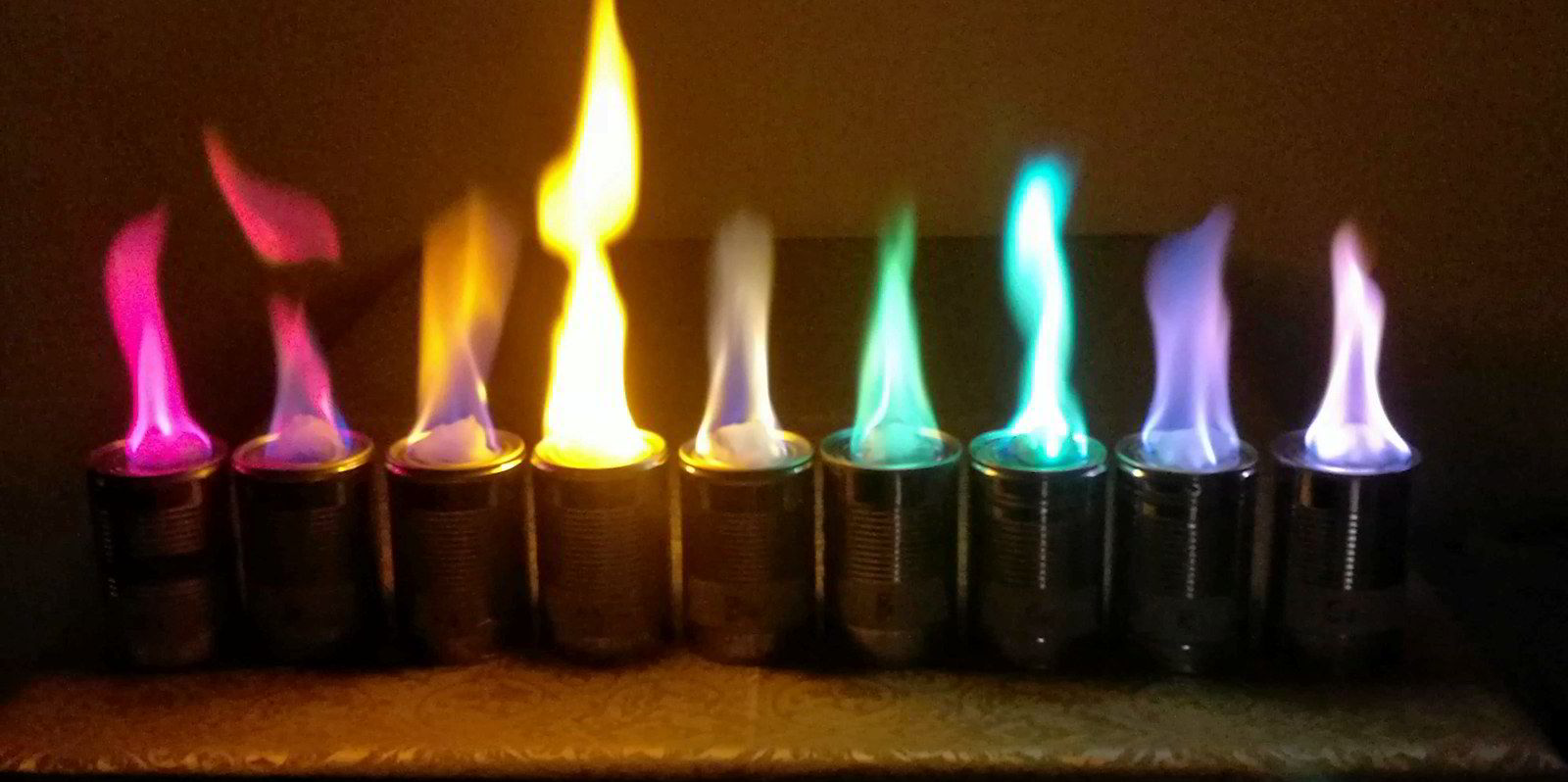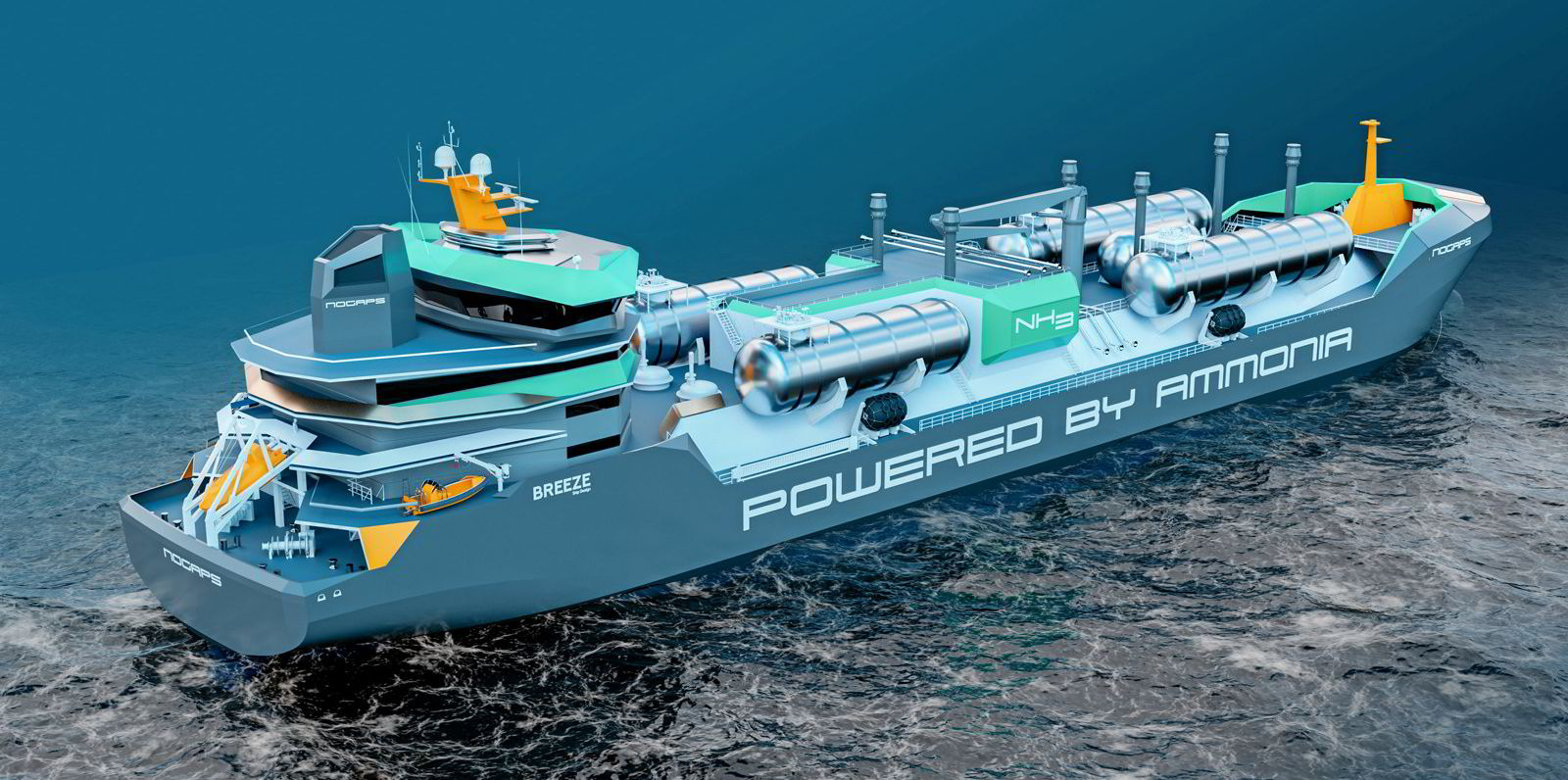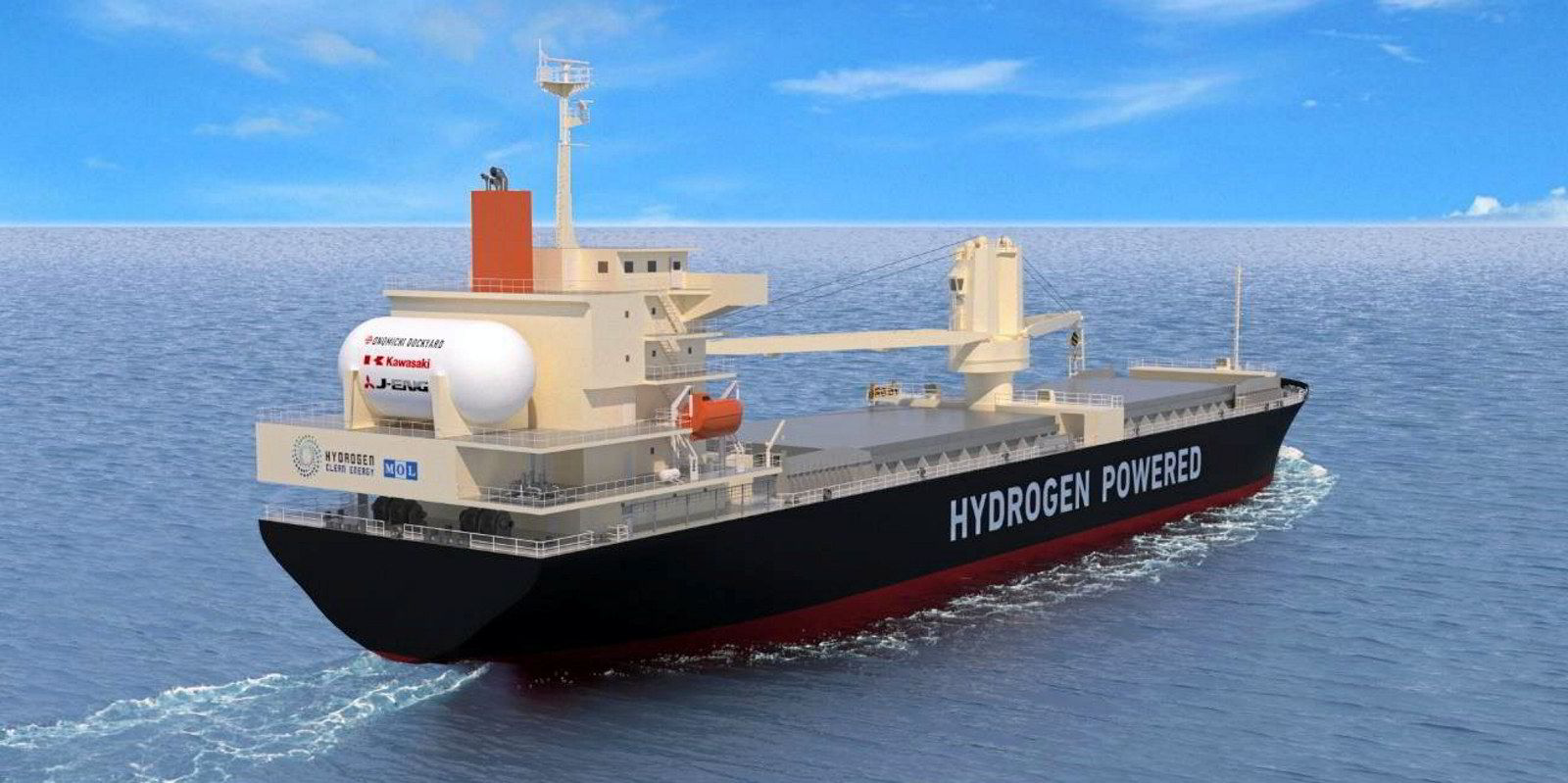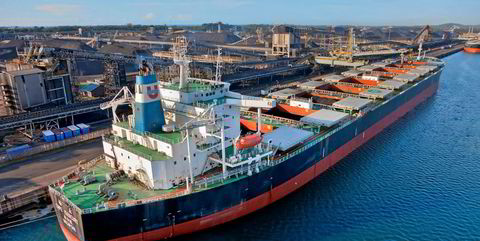Hydrogen is necessary if shipping is going to get to net zero by 2050.
The chemical holds tremendous promise, both as a fuel on its own and as a feedstock for environmentally friendly forms of ammonia and methanol — but issues of renewable energy still stand in the way.

This story is part of a series of articles looking at the future of fuels in shipping.
Click here to read the full report
Jason Stefanatos, global decarbonisation director at DNV, said: “I would say we’re on schedule. Things are happening, you see oil majors focusing on that, there are many approvals in principle that we delivered, speaking from the class side [and] rules have been developed.
“We are getting there; we are on track, but it’s not something that we will see scaling up within this decade.”
Though there are hydrogen-fuelled newbuildings on order — including MSC Group projects to run luxury cruise ships on a hydrogen fuel cell and from Norway’s Viasea on shortsea container ships — DNV sees hydrogen primarily used in producing ammonia and methanol. Statistics from the Norwegian classification society suggest just a sliver of the hydrogen produced by 2050 will be used directly as fuel.
DNV found that much of it would be used in manufacturing.
To produce hydrogen, water needs to be run through an electrolyser to separate the oxygen and hydrogen. To produce green hydrogen, the electricity fed into the electrolyser needs to be sourced renewably.
DNV has argued what green hydrogen gets produced should be prioritised for hard-to-abate industries, while Yara Growth Ventures chief executive Stian Nygaard suggested electricity prices need to come down if hydrogen production will become profitable.
Yara Growth Ventures has investments in several companies working in the hydrogen space, as well as Azane Fuel Solutions, which is developing ammonia bunkering systems.
“You need sufficient amounts, you need a high capacity factor,” he said. “If you’re running directly on solar, you won’t have a high capacity factor.”
He said more efficient electrolysers could help, but those take time to get up and running and can be expensive.
“There are so many new entrants in this area,” Nygaard said. “Of course, it takes time.”
From scratch, he said a new electrolyser can take years to develop.
“It’s not software,” Nygaard said. “It’s explosive gas. You need to control it and verify several parts of operation under strict conditions.”
Still, he had some measure of confidence, as US outfits are moving into the hydrogen production space with Inflation Reduction Act subsidies and some of the companies that Yara Growth Ventures has invested in are showing promising results.
“I think we’re quite comfortable,” Nygaard said. “One we have invested in, they have very good results in lowering the cost both on the [capital expenditure] side and the [operational expenditure] side.”





